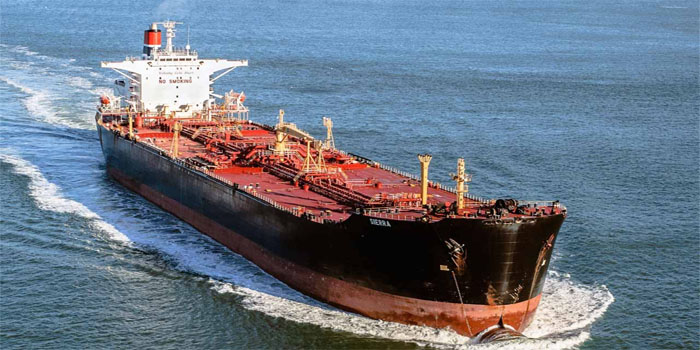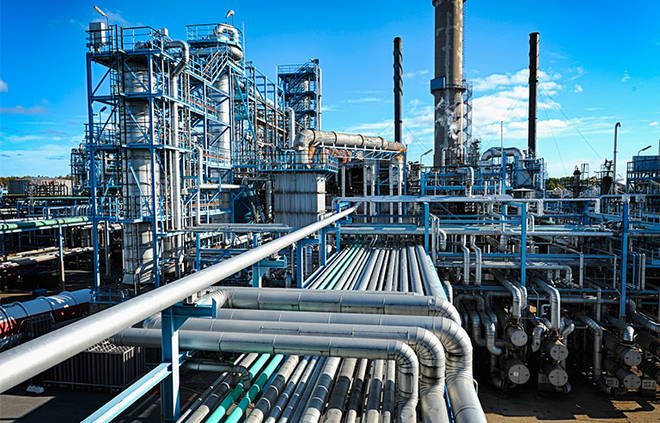The Nigerian Midstream and Downstream Petroleum Regulatory Authority (NMDPRA) yesterday, in Abuja, said marketers of Premium Motor Spirit (PMS) have a hand in the delayed payment for petroleum equalisation.
The NMDPRA said while payment of the claims said to be responsible for ongoing PMS scarcity in some parts of the country takes time to be sorted, “some of the pending payments is due to the reluctance of marketers to reconcile their claims, in spite of the authority’s continuous appeal to come for reconciliation whenever there are discrepancies.”
Scarcity of PMS, otherwise called petrol, had surfaced in the Federal Capital Territory (FCT) earlier this week as marketers blamed it on the inability of the Federal Government to settle over N100 billion equalisation payment as well as a breakdown of key storage and distribution infrastructure may spread the development across the country.
Coming barely two months after the country experienced a similar situation, most motorists have had to wait for hours as only a few stations are dispensing.
Like the Nigeria National Petroleum Company Limited, NMDPRA said in a release recently that the country has sufficient PMS to last over 47 days, translating to about 2.65 billion litres.
“There is no need to panic as the current situation being experienced in some parts of the country will soon stabilise,” the statement said.
NMDPRA disclosed that the administration of bridging payment is a continuous process as hundreds of trucks load and discharge products daily thereby adding to the claims.
“Since December 2021, the NMDPRA has made several payments to marketers whose claims have been verified. So far, over N58 billion has been disbursed to oil marketers out of which about N34 billion went directly to members of the Independent Petroleum Marketers Association of Nigeria (IPMAN),” the regulator said.
NMDPRA further disclosed that the total amount disbursed so far remained the highest ever paid within a 6-months span by previous fund administrators.
It noted that the reimbursement of marketer’s transportation differentials for petroleum products movement from depots to sales outlets remained a priority.





